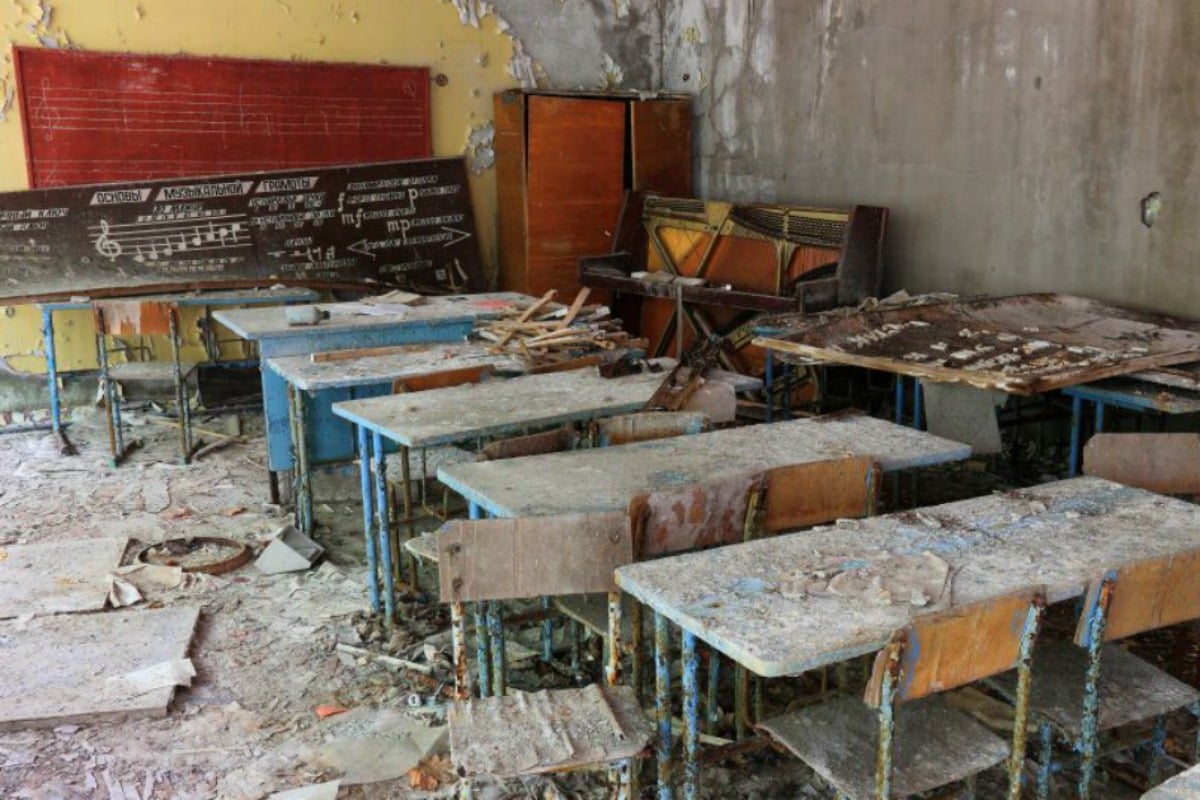
In light of the success of HBO’s five-part series Chernobyl, there are reports the number of tourists interested in travelling to the site has significantly spiked.
But is it actually safe to visit Chernobyl?
Over 30 years since the catastrophic nuclear power plant disaster in Pripyat, northern Ukraine, in which a sudden power surge destroyed the structure in seconds and released a cloud of radioactive dust, the town itself is almost frozen in time.
Pripyat remains almost entirely empty, although a small number residents returned after they were evacuated in 1986. But the majority of homes, schools and parks haven’t been touched. There’s an abandoned theme park which never opened, and greenery has enveloped large parts of the town since residents aren’t there to maintain it.
When people were initially evacuated, 36 hours after the disaster, they were told they would only be gone for three days. The result was that they left their entire lives behind. The following summer, they were permitted to return to reclaim belongings that weren’t significantly contaminated, but the town remains eerily similar to the one they left that day, over three decades ago.
The real story behind HBO’s Chernobyl. Post continues after podcast.
It has been estimated that the area won’t be safe for humans to occupy for at least 20,000 years.
But tourists have been visiting on and off since the 1990s, and in January 2013, after a brief closure, the site was reopened to the public.

